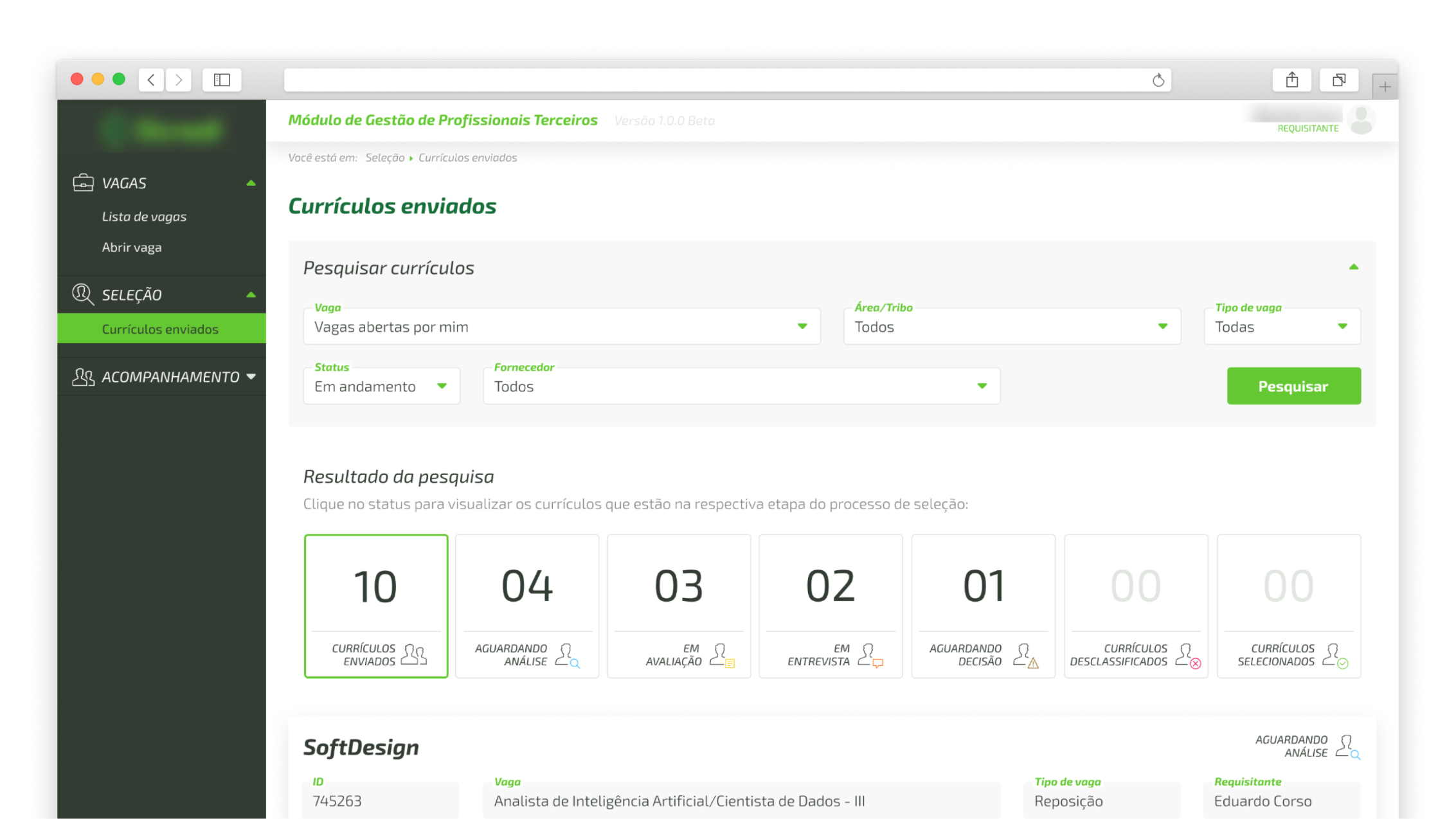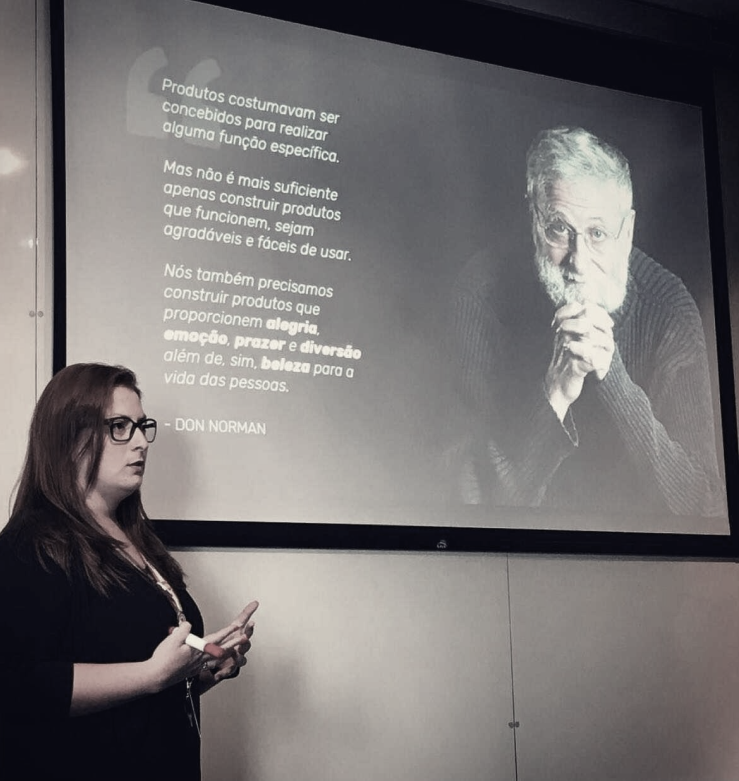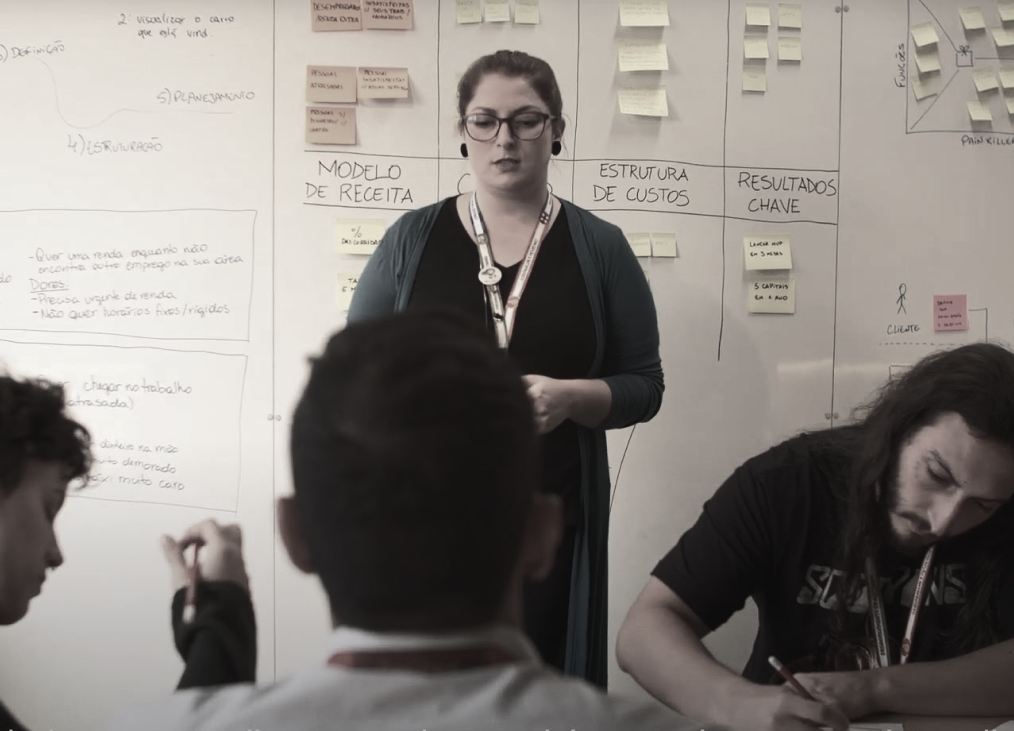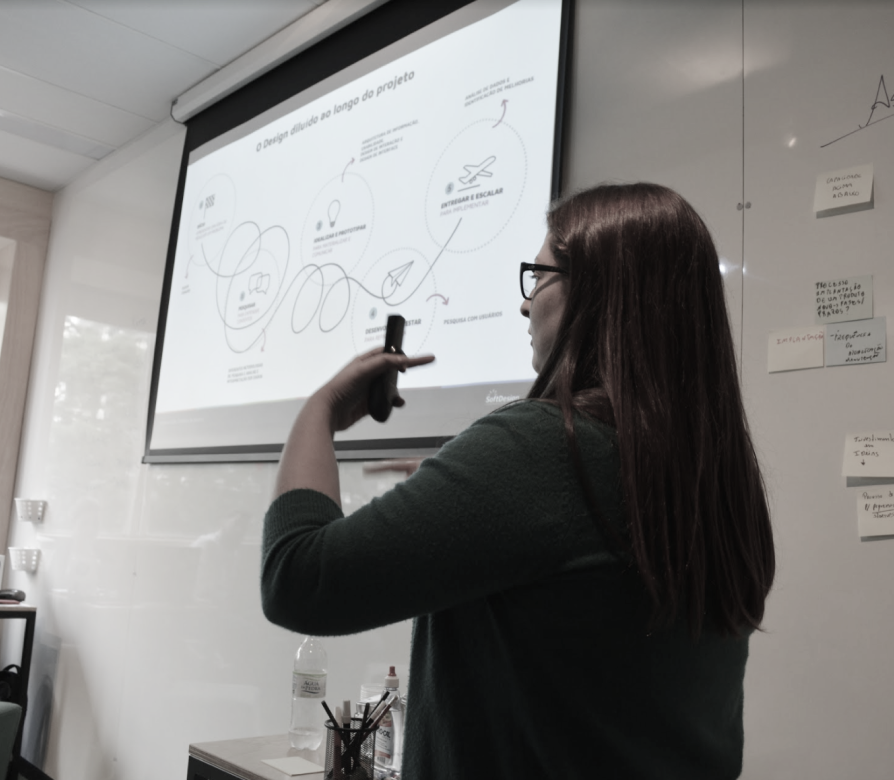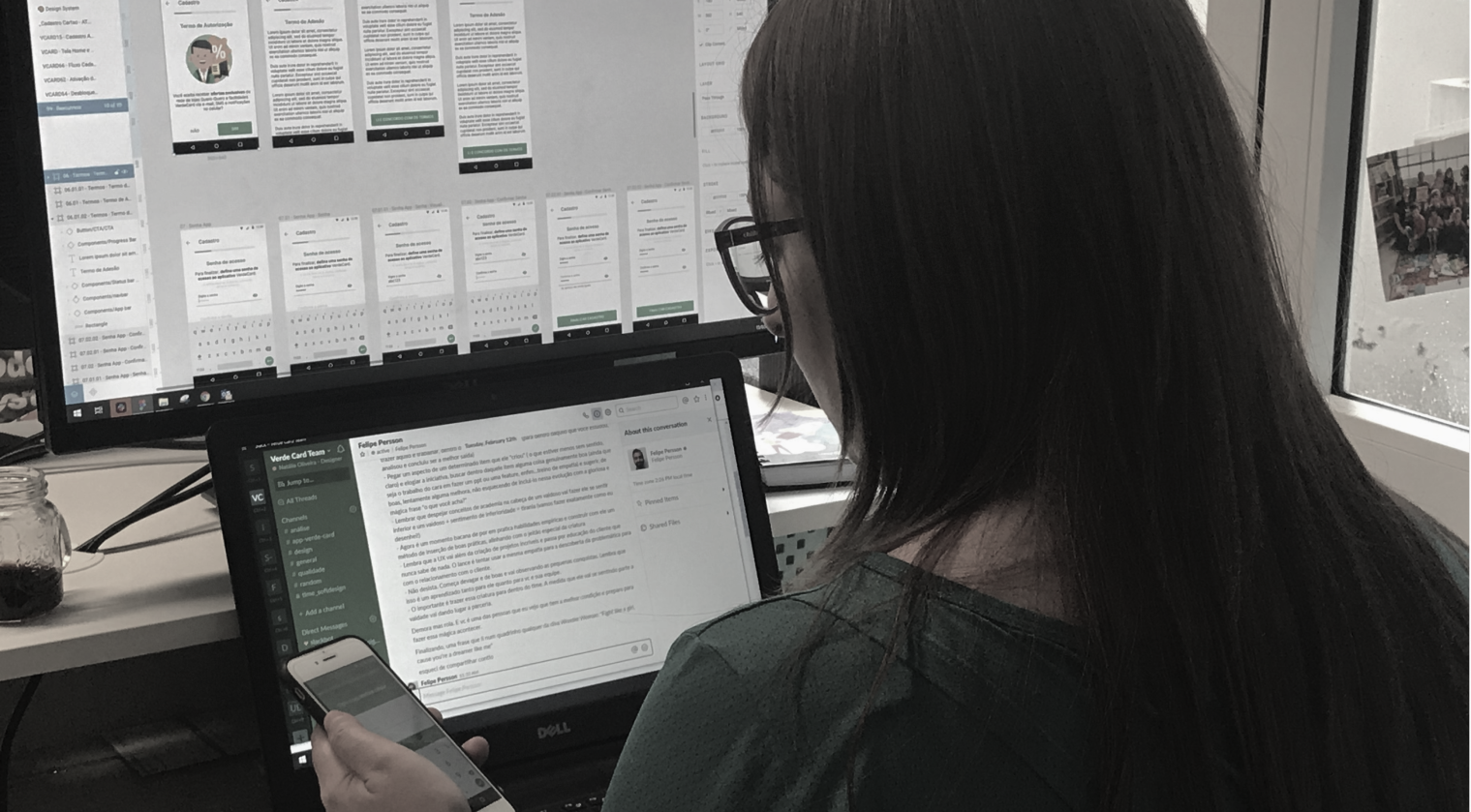When a new idea or need arises, I always try to understand the origin and context in which they were born. For this, I usually use the support of one of the design frameworks to understand the complexity of this new challenge. After that, qualitative and quantitative approaches, based on Lean Research, would help me and my team to investigate further people's needs.
CSD Matrix, Personas, Opportunity Solution Tree, and Value Proposition Canvas will guide us in identifying the real problem. Then, we could work on hypothesis and journey mapping, user flows, and even prototypes of solutions.
This discovery process could be carried out only by me. However, I always tend to invite my peers (PMs, designers, and developers) because I consider the diversity of contributions essential to the process.
After identifying the problem and running some iteration cycles of the solution hypothesis, I can be more strongly involved in the delivery process.
At this moment, my information architecture, usability, and accessibility skills will take place, so through Visual Design, I can materialize the interactions of the identified "Jobs to Be Done".




